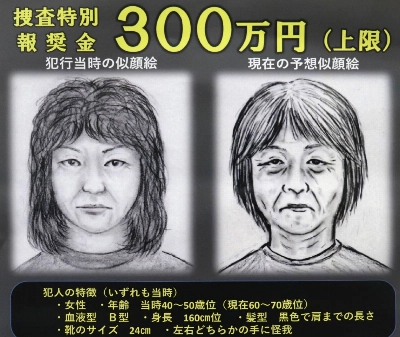Fossils found in Hokkaido more than a decade ago have recently been identified as belonging to a previously unknown type of right whale.
The fossil bones were first discovered by a local citizen along the Toyohira River in Sapporo in October 2008, leading to a Sapporo Museum Activity Center team's years of work to unearth a nearly complete skeleton.
"Scrutiny soon revealed the skeleton belonged to a new type of whale," according to a research article published in Palaeontologia Electronica, a British academic journal, earlier this month.
The team called the whale "Megabalaena sapporoensis," or "big right whale of Sapporo."
They further found that the bones, including vertebrae and phalanges, were about 9 million years old and that the whale in the family Balaenidae, known as right whales, which is believed to have existed in the Late Miocene, was approximately 13 meters long, larger than its most recent ancestors but smaller than distant ones.
Megabalaena sapporoensis was determined as a new species also due to its distinguishing bone shapes.
Because no right whale fossils dating back 16 million to 6 million years had been excavated, the latest discovery will greatly contribute to solving the mystery of the whale family's evolution, the team says.
The perfectly preserved bones "can fill in the major gap" in the fossil record, said Yoshihiro Tanaka, a curator at the center and the lead author of the study.


















With your current subscription plan you can comment on stories. However, before writing your first comment, please create a display name in the Profile section of your subscriber account page.